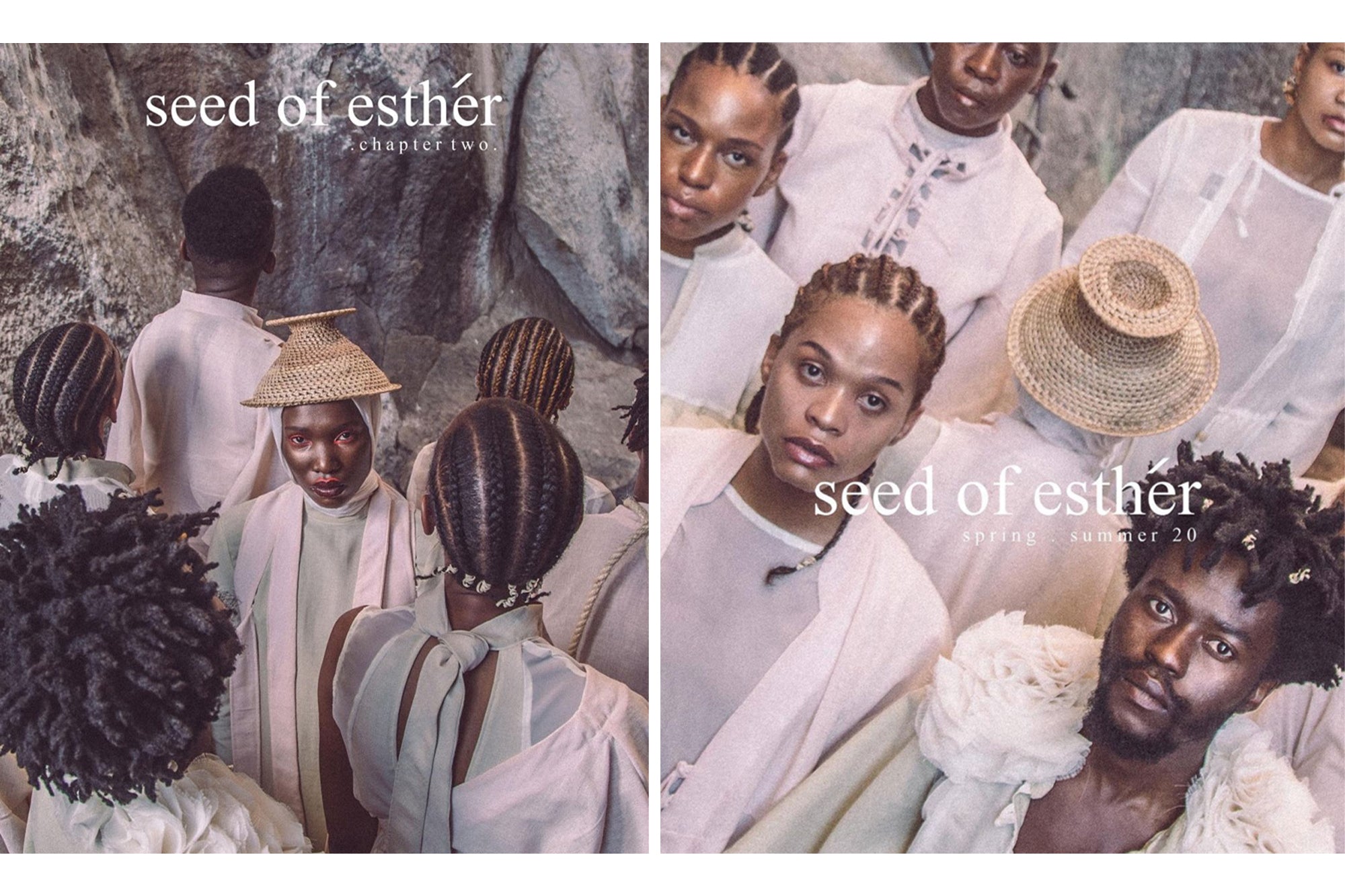Art Beyond Our Walls with Danayi Chapfika-Madondo
In conversation with BetterShared, Danayi Chapfika-Madondo opens the door into the mesmerising world of Haus of Stone. In a global environment that commodifies much faster than it personalises our possessions, Danayi shows us that art can extend far beyond our walls, and into the lives of the items we often deem as mere utilities. Whilst we rarely consider the story behind the pair of trousers we chose to wear today, or the maker behind the dress we will wear tomorrow, an insight into the inspiration and creative process behind Haus of Stone garments shows us the true meaning a piece of clothing can bring into our own worlds. Have you ever asked yourself whether the relationship you have with most of your possessions is a meaningful one? Perhaps if we extend the notion of collecting art beyond our walls and into our lives, that answer can be yes.
Danayi Chapfika-Madondo is a Zimbabwean designer who was raised in a fashion-conscious family of serial creators. Whilst working as an art director in a marketing agency, several fated encounters with local self-taught fashion creatives led to her pursuit of a degree in fashion design and later on, in combination with a direction shifting resignation letter, the establishment of her fashion brand, Haus of Stone.

What would you say is the core essence of Haus of Stone, what do you try to convey as a brand?
I have never seen Haus of Stone as just another fashion brand with a sole emphasis on pushing product sales. Haus of Stone is a place where fantasy intersects reality. The brand uses the language of fashion as a vehicle to express nuanced Zimbabwean narratives creating a contemporary archive for Zimbabwean history. It is a vessel for narrating visual poetry, creating worlds in which we desire to exist whilst, preserving traditional skills and being mindful of the planet that gave us life.
What has been the inspiration behind your previous collections?
The visuals I create explore layered topics through parables and metaphors. The collections so far focus predominately on a protagonist woman. They look at her experience as she journeys through life and interacts with other beings. This woman can be me, it can be you, your friend or your sister because I am dealing with topics that are relatable to any human. Topics such as resilience, pain, overcoming, strength and stepping into your divine self.
Ode to Askána speaks to our resilience and overcoming nature as women. The name when directly translated means “a poem to the girls.”

Seed of Esthér has a lot of biblical mythological nuances to it. It explores the characteristics of Esther in the bible, along with the concept of angels, dying of old and stepping into the divine.

What is your creative process and how has it evolved over time?
In the past I never honoured the process of creating, but I have allowed myself to slow the process down, creating the space for increased intimacy between the maker and the object that I or my team is breathing life into.
When I create, I want to do so in a way that is healing to my soul and others. I create in a way that edifies not only myself as a creator, but the wearer.
The fact that a person has said yes to wear a garment from Haus of Stone is an honour to me. In essence that person is saying yes to wearing a piece of the people and the stories behind the clothes. In a way it shows how interconnected we are as humans in ways both seen and unseen.

How has the environment played a role in your process?
As an independent designer, I need to be resourceful and that has meant exploring waste reduction and trying to find ways to develop beautiful, wearable art from waste leftovers in my studio.
Diving into the world of sustainability has allowed me to have an increased appreciation for the work that I do and its impact not only on mankind, but on everything pertaining to the world in which we exist.
It's easy to work with blinkers on, but if we truly seek to make a positive contribution to society, the way in which we design and create matter.
Click here to watch the short fashion film by Haus of Stone.
Interview transcribed and written by Sophie Tendai Christiaens.
